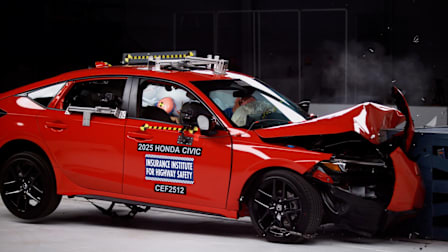How to Write a Car Safety Complaint to NHTSA
Consumers play an important role in finding vehicle problems

If you experience a safety-related car problem, say something. You could help other car owners.
Car owners play an important role in helping regulators and automakers find and correct problems by filing complaints with National Highway Traffic Safety Administration (NHTSA). Detailed complaints about mechanical and electrical problems, especially those that involve a crash, an injury, or a near miss, can head off a potential problem before other people get hurt, so it is important not to delay sharing a dangerous experience.
What to Include in a Car Complaint
Provide your name and contact information so that investigators can contact you with questions or for more details later, if needed.
Vehicle identification number (VIN). This can help investigators pinpoint where and when your car was built, and what major options it may have. These details can help investigators group your complaint appropriately with other similar models. The VIN can be found on a metal plate where the windshield glass meets the dash in front of the driver. It’s also printed on your car’s registration and title documents.
Year, make, and model of the car.
Relevant documentation, such as maintenance records, photos, and/or a police report.
The mileage on your car, and whether you bought it new or used.
A clear description of how you think the car failed to perform, preferably in the first sentence.
What you did and how the car responded, in chronological order, including your speed, what gear you were in (if you know), whether you applied the brakes or turned, and how hard you braked.
Whether the event resulted in any damage to the vehicle or injuries to occupants of your vehicle or others. If the event included a crash, you may also want to note whether airbags deployed, because that can be an indicator of the severity.
Any steps you took to isolate the problem. Be specific about what you did and how you did it.
Corroborating evidence, such as a summary of the factual findings in a police report, if there was an accident, or a mechanic’s determination of any repair work needed afterward.
Context helps. Did the problem occur on a routine trip or someplace you’ve never gone before; weather, traffic, and road conditions; and where the event happened (urban, rural, intersection, parking lot, etc.).
Mention any aftermarket equipment that may be relevant to the incident.
What Not to Include in a Complaint
Don’t craft a story. Focus on the incident, not an alarming narrative, a description of your destination, or why you made the trip.
Don’t note multiple problems. If you have two different problems, file each as a separate complaint. That way they can both be categorized accurately, and one won’t be overlooked.




















